The Original Source explains this.
Most 555 astable oscillator designs use two resistors and depend on Vcc. This typically means a Duty cycle > 50%.
This design uses Vout, so the timing circuit acts as a load on the output, which can effect frequency and mark to space ratio. An idiosyncrasy of the design.
Try Adjust 555-Based Generator's Duty Cycle Without Affecting Frequency from Electronic Design. They walk you through how to set up resistors and capacitor.
 Edit...
Edit...
For completeness, I've included the formulas from Electronic Design and modified procedure.
$$p = \frac {R_2} {R_1}\ \ \ \ \ \ q = \frac {R_3} {R_1}$$
$$t_1 = R_1\ C\ (p+1)\times ln(2)\ \ [1]$$
$$t_2= R_1\ C\ \left ( {p + \frac {q}{q+1}} \right ) \times ln\left ( {\frac {q-2}{2q-1}} \right )\ \ [2]$$
For 50% Duty Cycle:
$$t_1 = t_2$$
$$R_1\ C\ (p+1)\times ln(2) = R_1\ C\ \left ( {p + \frac {q}{q+1}} \right ) \times ln\left ( {\frac {q-2}{2q-1}} \right ) \ \ [3]$$
$$f = \frac {1}{2 t_1}= \frac {0.7213}{R_1\ C\ (p+1)}\ \ [4]$$
The procedure is as follows:
- Set the desired frequency and select a value for C.
- Calculate R1 from Equation 4.
- Pick a R3.
- Calculate q.
- Calculate the value of p from Equation 3.
- Calculate R2 = pR1.



